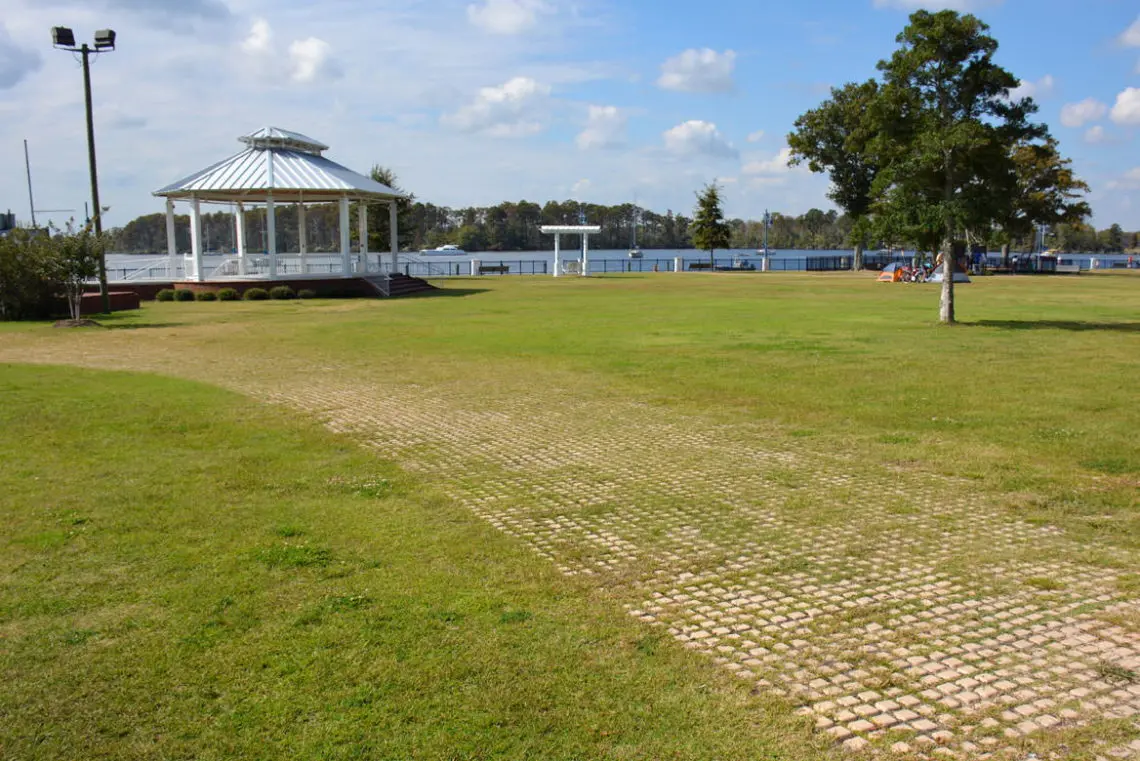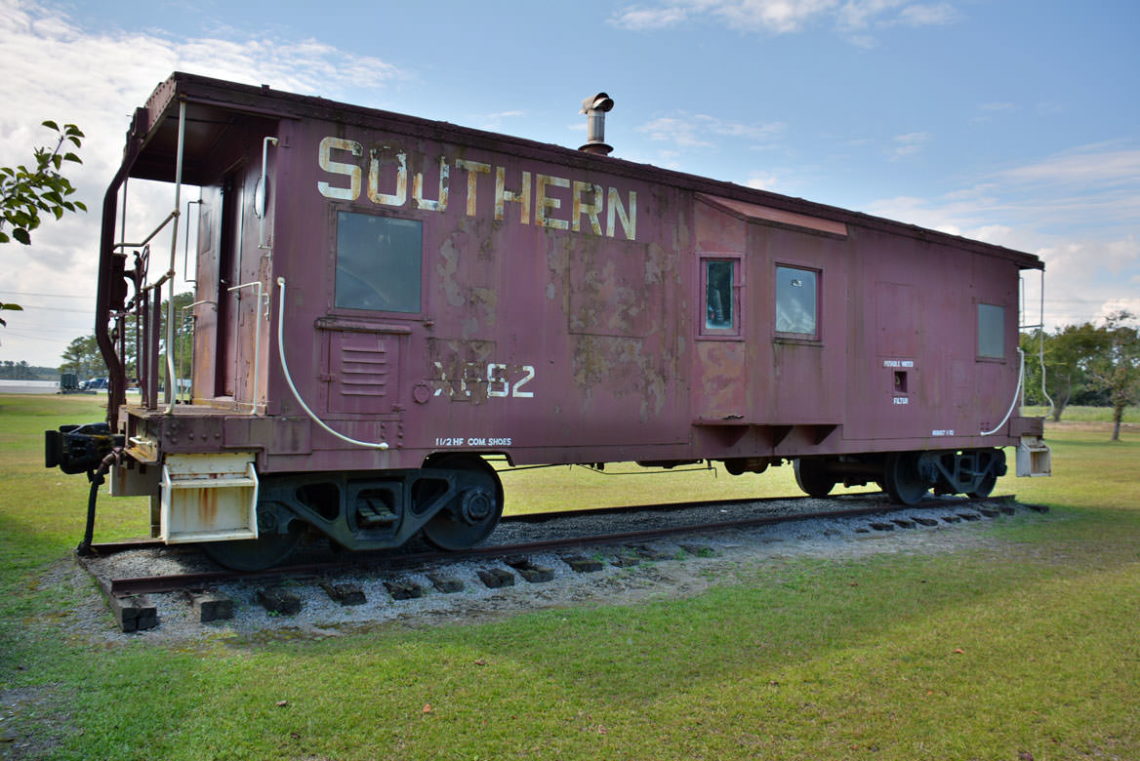What we now know as Oriental was first settled about 1870 by Louis B. Midyette. He took shelter in the area's natural harbor on the Neuse River and the mouth of Smith Creek when he was blown off course on his way to New Bern.
First known as Smith's Creek. It was later renamed for the Federal transport, Oriental, which sank on May 8, 1862, south of Oregon Inlet near Bodie Island. Rebecca Midyette, wife of Louis Midyette, found the nameplate one day on the beach. Obviously the residents liked the name.
For years the town was a center of commercial fishing, and the big trawlers still unload their catches here. In the early part of the century, the town boomed when loggers used the docks to ship the timber they harvested from the peninsula between the Neuse and Pamlico rivers. This boom brought railways, hotels, and dance halls.
Now, as in the past, there are boats. But today, there is a mixture of commercial trawlers and sleek yachts that is the hallmark of Oriental.
The little town of Belhaven may be a blink-and-you'll-miss-it town, but Eastern North Carolina visitors who decide to take the long way home along US Highway 264 will be rewarded with a visit to a picturesque waterfront town that is filled with...
Washington's Festival Park may look like a scenic and quiet natural park during a typical day in the downtown area, but the park comes to life regularly with an assortment of movies, concerts and festivals that have put the small town of Washington...
Originally named Jack's Neck, Belhaven was once a bustling industrial town with a half-dozen lumber companies and a branch of the Norfolk and Southern Railroad.
Nothing beats an ice-cold beverage while relaxing on the beach. Nothing is worse than reaching for an icy drink and finding your cans swimming. Coolers are essential for family days on the sand. A good modern cooler will keep food and drinks fresh...




